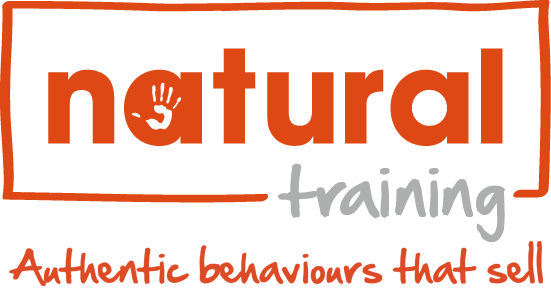In last week’s PART 1, I talked about how a sales strategy might incorporate the power of “Free” – if used in the right way. In today’s follow up PART 2 I look at the dangers of ‘free’, and determine how you might best utilise it for your customers.
Beware the dangers of ‘free’
The world of “free” can have a positive impact on sales but be very aware that free offers only generate success when they form part of an overall sales strategy. The where and when is crucial too.
Yes, you can draw in customers and encourage them to see the value in what it is you’re selling, but never lose focus on your key objective: increase revenue through increased sales.
Here are three things occasions when free offers could go horribly wrong:
• When it doesn’t work for you
Low cost airlines are good at making free deals work for them. A great example is when they advertise free flights. They use the word ‘free’ to draw in and engage with new customers but then only make that free offer redeemable on their own terms, such as on unpopular flight times that are tough to sell.
‘Free’ won’t work unless there is a clear long term opportunity to earn a return. The airlines often see an opportunity to showcase their services to new customers and entice them in by giving away free flights. We talked earlier about perceived value for the customer and it’s important to keep it as perceived because in actual fact the value has to stay with you in sales.
• When you overuse it to the point it devalues the product
Remember that a free offer is a great opener for a sale. Entice and engage with an initial free offer but beware that doing it over a long period of time is highly likely to change the mindset of the buyer.
People will always take and take when things are free – it’s a no-brainer. The problem is if you maintain a certain offer for a period of time eventually they’ll come to expect that product or service for free indefinitely. Convincing that customer to then switch back to paying will always be a challenge.
• When it targets the wrong market
There are two ways free offers can target the wrong market and lead to dissatisfied existing customers and worthless new customers:
A – If we see free we take. Even when we have no plans to be future customers if it’s free and there are no strings attached there’s a good chance people will take. So be aware of who you target with the offer. Ask yourself this: Could this demographic be valuable to me in the long-term or are they just taking for taking’s sake?
B – Look after your current customers first. I’ll never forget the moment a free voucher came through my letterbox for a television subscription service that I was already paying for! Worse still, the free offer was far more competitive over a three-month period than my arrangement as a loyal customer. Don’t alienate already committed clients with free offers- be careful who you target.
The popularity of the term ‘free’ clearly suggests that there’s no harm in incorporating it into the sales strategy. Though this is a sales weapon that should be handled with care. Use it too much and you run the risk of significantly devaluing the product or service you’re selling.
Remember, in a competitive market the idea is to let customers sample the product for free, get emotionally attached and then feel comfortable paying the asking price. Strike the balance to secure the deal.
During our sales training we help you to work out a personal sales strategy that involves giving your customers a well -timed and strategic “knowledge gift”. The results we have generated from this work really well.
At Natural Training we regularly help our clients to put together winning sales processes and strategies that help to engage with your clients. For example, during our sales training we help you to work out a personal sales strategy that involves giving your customers a well -timed and strategic “knowledge gift”.
For a FREE consultation, give us a CALL today!


